Things to do in Cairo
One only needs to look to the pyramids on the skyline to be reminded that Cairo's ancient attractions are part of the city's fabric rather than mere tourist exhibits.
The city has been attracting tourists for thousands of years, and the Pyramids of Giza, alongside the Sphinx, are some of the oldest and arguably most impressive attractions in the world. Travellers might think other attractions in Cairo would pale in comparison to these ancient treasures but they often find that some of the best sights in the city are more ordinary things, such as markets, coffee houses and places of worship. Not least among these is Khan al-Khalili, a central and much used market that gives visitors a chance to experience the city bazaar much as it was 700 years ago. Another is Old Cairo, an ancient Coptic Christian community from Roman times. Nearby these old churches, the 12th-century Saladin Citadel looms over Cairo, boasting a number of stunning mosques.
Tourists shouldn't discount the museums either, particularly the Egyptian Museum of Antiquities, which houses mummies and treasures from the tombs of the pharaohs. It should, however, be noted that this world-class museum is located on Cairo's notorious Tahrir Square, which is an interesting landmark and worth a visit but tends to be the main stage for the city's protests. Travellers would be well advised to avoid this part of downtown Cairo at times of political turmoil.
Tourists in Cairo often find that they are persistently pestered by touts at major sites. Hiring a reputable guide or joining a group tour helps mitigate this.
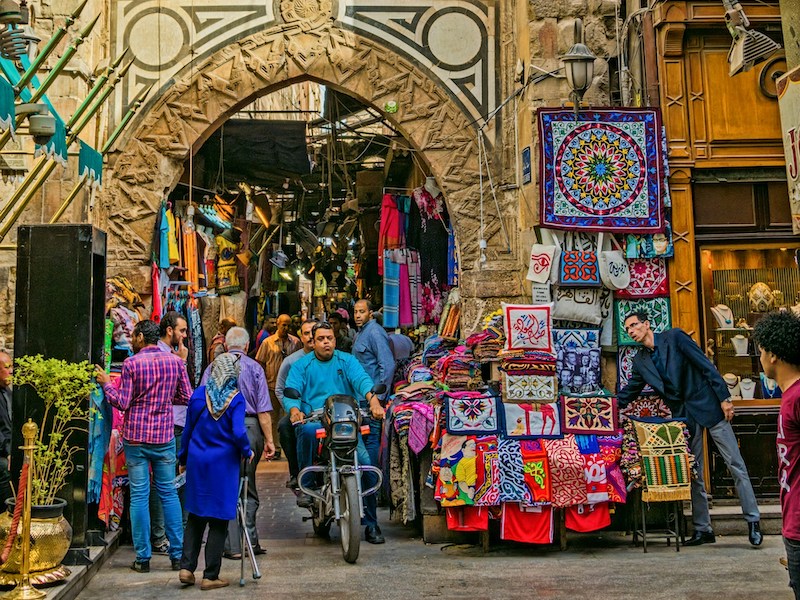
Khan al-Khalili
Buzzing with enthusiastic buying and selling, Khan al-Khalili is one of the largest markets in the world. Situated within Islamic Cairo, the World Heritage Site attracts travellers…
Khan al-Khalili
Buzzing with enthusiastic buying and selling, Khan al-Khalili is one of the largest markets in the world. Situated within Islamic Cairo, the World Heritage Site attracts travellers and locals alike. On the northern corner of the bazaar is the Mosque of Sayyidna al-Hussein, one of the holiest Islamic sites in Egypt. The market is the best place to soak up the colour of Cairo and to people-watch, and the streets themselves have charming arches, carvings and mosaics. Travellers will get many amazing photo opportunities wandering the labyrinthine little streets, though they must be wary of getting lost.
Traders have been bargaining in these alleys since the 14th century and it's possible to buy almost anything, from exotic perfume bottles to everyday Arabic clothing. There is, of course, a lot of junk as well but treasures and great bargains can be found. Visitors should be prepared to barter as the prices originally stated will always be much too high and the merchants expect them to negotiate. Although some of the traders are delightful others can get pushy and rude. Unfortunately, women travelling alone will almost certainly have to put up with a certain amount of harassment. No matter how many times travellers visit this vibrant market, they will always find something new and enchanting.
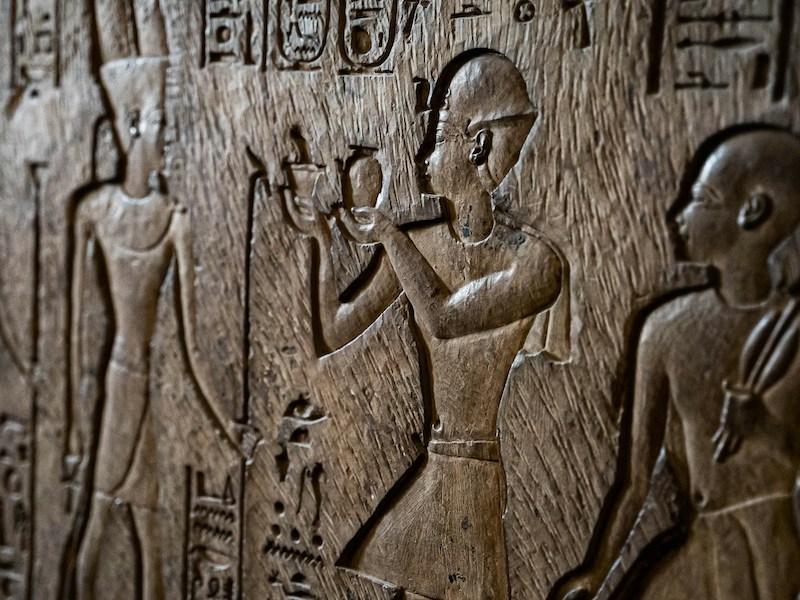
Egyptian Museum of Antiquities
With over 100,000 artefacts in 107 halls, the Egyptian Museum provides days of exploration. Inside, visitors will find treasures from ancient Egypt that include priceless finery ta…
Egyptian Museum of Antiquities
With over 100,000 artefacts in 107 halls, the Egyptian Museum provides days of exploration. Inside, visitors will find treasures from ancient Egypt that include priceless finery taken from ancient royal tombs, as well as the statue of Khafre (Chephren), which is one of the museum's masterpieces.
The most popular attraction is the Tutankhamun Gallery, where exquisite treasures from the tomb of the iconic Boy King are displayed, including the famous solid gold death mask. Another top attraction is the Royal Mummy Room containing mummies of some of the most powerful Pharaohs in Egypt dating from the 18th to 20th dynasties. There's an additional cost for this room.
The museum also contains collections of artefacts such as coins, papyrus scrolls, scarabs and sarcophagi. There's a cafeteria, bank, post office, gift shop and library at the museum, and taped audio guides are available in English, French and Arabic. Visitors should be aware that photography is not allowed.
Although a trip to Egypt would feel incomplete without a visit to this incredible museum, its location on Tahrir Square means that foreigners must be cautious visiting during periods of unrest. If there are demonstrations on the square it's best to avoid the area.
Website momaa.org/directory/museum-of-egyptian-antiquities/
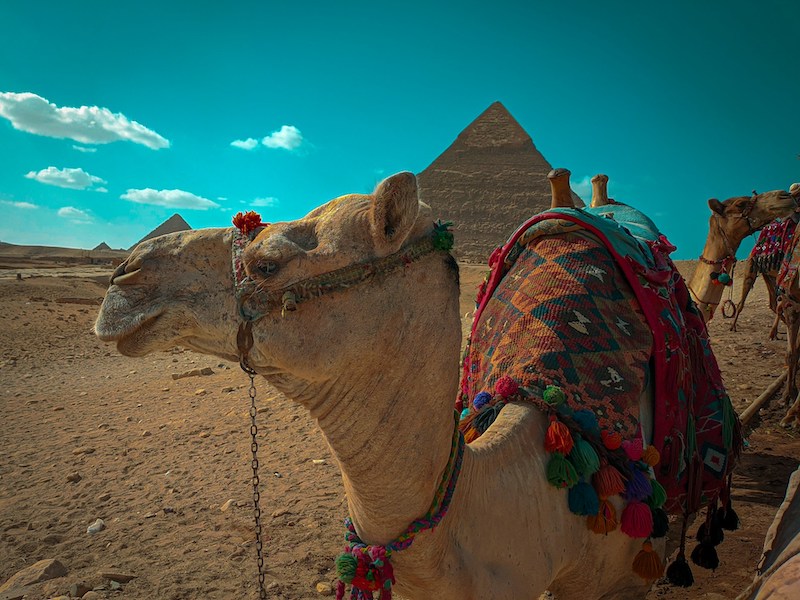
Pyramids of Giza
The pyramids are the earth's oldest tourist attraction and the Great Pyramid of Khufu (also referred to as the Great Pyramid of Cheops) is the only remainder of the seven ancient w…
Pyramids of Giza
The pyramids are the earth's oldest tourist attraction and the Great Pyramid of Khufu (also referred to as the Great Pyramid of Cheops) is the only remainder of the seven ancient wonders of the world. Throughout history the pyramids have fired human imagination, with there being much speculation as to their origin and purpose. The most compelling theory is that they were built by the ancient Egyptian civilisation as tombs or great monuments in which to bury their kings and nobles; a place to start their mystic journey to the afterlife.
The oldest and largest pyramid, the Great Pyramid, is thought to have taken 20 years to build and is made of about two million blocks of limestone. No one knows how the two-ton blocks were moved into place, but it was known to be the tallest man-made structure in the world for over 40 centuries. The Great Sphinx, known as the Abu al-Hol (Father of Terror), stands in front of the Great Pyramid and is thought to be older than the pyramids themselves.
Tours of the pyramids are conducted by many tour operators in Giza. Access to the interior of the pyramids is restricted, and at least one is closed for renovations at any given period. While climbing the pyramids was once a popular activity, the practise has now been banned. The best time to visit the Pyramids of Giza is early in the morning, before the tour buses descend on them. While unofficial 'tour guides' lurk around the site to demand tips, better-informed guides can be booked in advance from Giza. It's often best for travellers to get their hotel's advice on guides.
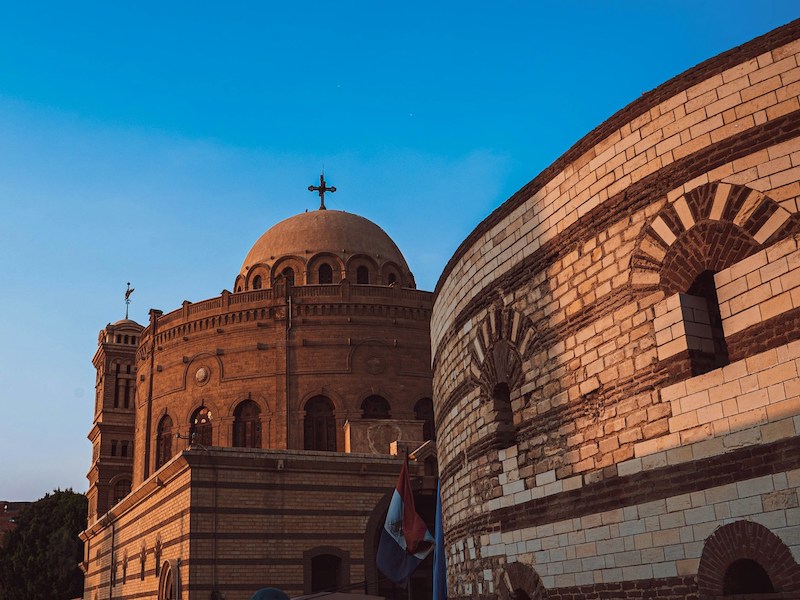
Old Cairo
Once known as the Roman stronghold of Babylon, Coptic Cairo is the oldest part of the city and the heart of the Coptic Christian community. Home to five original churches alongside…
Old Cairo
Once known as the Roman stronghold of Babylon, Coptic Cairo is the oldest part of the city and the heart of the Coptic Christian community. Home to five original churches alongside Egypt's first mosque and oldest synagogue, these ancient walls house three of the major religions of the modern world in one special area. This peaceful place offers respite from the busy city centre and is a joy to wander around.
Churches of interest are the Al-Muallaqa (Hanging Church), the oldest Christian place of worship in the city, and St Sergius, where the Holy Family reputedly sheltered during their flight to Egypt. Visitors can take the metro into Coptic Cairo from Tahrir Square. It's useful to have a guide when exploring the area as there's so much history to discover and so much to see. However, visitors who chose to explore alone will feel the power and age of the place and should still be able to find all the major attractions.
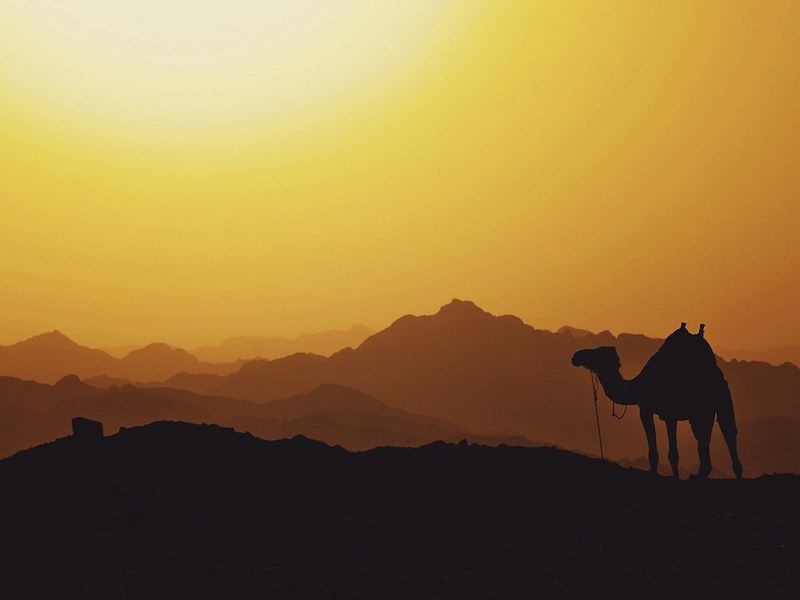
Western Desert Oases
From Cairo it's possible for adventurous travellers to enjoy Egypt's finest journey, the Great Desert Circuit. It runs for over 621 miles (1,000km) through spectacular desert lands…
Western Desert Oases
From Cairo it's possible for adventurous travellers to enjoy Egypt's finest journey, the Great Desert Circuit. It runs for over 621 miles (1,000km) through spectacular desert landscapes and is punctuated by four oases, Bahariya, Farafra, Dakhla and Kharga, which are situated in a depression. The first two have hot springs and palm groves, with Farafra being the more traditional and rural of them.
To experience the remoteness of the desert travellers can spend an unforgettable night in the White Desert between oases. Dakhla and Kharga are surrounded by old ruins and villages from the times of the ancient caravan routes to Sudan.
The Great Desert Circuit is a fascinating journey and really allows travellers to grasp the enormity of the Egyptian desert and appreciate the history of exploration in the region. The roads are in good condition, with hardly any traffic on them, and the whole circuit can be done in anything between 16 hours and a week. Some of the oasis towns are lovely places to spend a night before resuming a road trip.
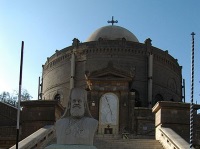
Coptic Church of St George (Mari Girgis)
The only domed church left in Cairo, the Greek Church of St George features a long set of steps that lead up to the church, where visitors will find a relief of St George and the d…
Coptic Church of St George (Mari Girgis)
The only domed church left in Cairo, the Greek Church of St George features a long set of steps that lead up to the church, where visitors will find a relief of St George and the dragon wrapped around the outer brickwork of the tower. The original church dated back to the 10th century, or earlier, but this ancient structure largely burned down and the current church replaced it in 1904.
For centuries, the church alternated between Coptic and Greek ownership but, since the 15th century, it has remained Greek Orthodox. The adjoining monastery of St George is now the seat of the Greek patriarch. Despite this, the Moulid of Mari Girgis, a large Coptic festival celebrating St George, is celebrated at the church each April.
The St George Church is most famous for its beautiful wedding hall (Qaat el Irsan), which dates back to the 14th century. St George was a warrior saint imprisoned and martyred near the church, which is built on an ancient Roman tower. Sadly, this wonderful building is often not included in tours of Coptic Cairo but it's well worth the visit and very easy to find. The church and monastery are visible from Mari Girgis Station.

Hanging Church
The Hanging Church in Cairo derives its name from its location on top of the southern tower gate of the old Babylon fortress, with its nave suspended over a passage. It's the most …
Hanging Church
The Hanging Church in Cairo derives its name from its location on top of the southern tower gate of the old Babylon fortress, with its nave suspended over a passage. It's the most famous Coptic church in Cairo with the earliest mention of the church being a statement in the biography of the patriarch Joseph, who lived in the mid-19th century. It would become known to travellers as the 'staircase church' during the 14th and 15th centuries because of the twenty-nine steps that lead to the entrance.
The visual impact of the church's elevated position has been reduced due to the rise of land surface by around 20 feet (six metres) since the Roman period, not to mention the rise of tall buildings around it, but it's still an impressive and beautiful structure. The Roman tower it's built on remains mostly buried below ground. It's calm and peaceful inside and visitors are not pestered here as they may be at many other Cairo attractions. Among the highlights of the church are the intricate carvings and mosaics that decorate the walls, windows and doors.
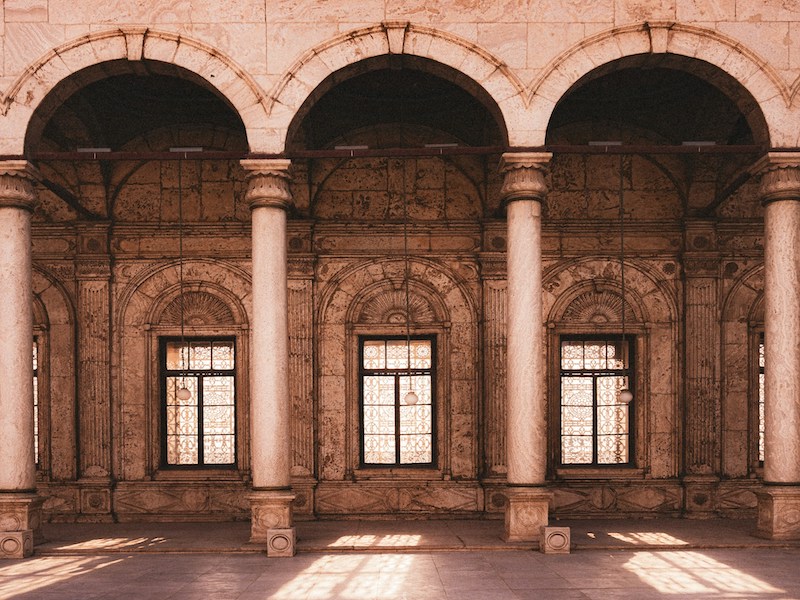
Saladin Citadel (Al-Qalaa)
The Saladin Citadel is a massive stone fortress set in a beautiful tropical location, and was built by Salah ad-Din in the 12th century. Visitors have the freedom to roam the castl…
Saladin Citadel (Al-Qalaa)
The Saladin Citadel is a massive stone fortress set in a beautiful tropical location, and was built by Salah ad-Din in the 12th century. Visitors have the freedom to roam the castle, which remains in pristine condition, and which boasts incredible views of Cairo. Those who are lucky enough to visit on a clear day will be able to see all the way to the pyramids.
The execution room is particularly interesting but just wandering around this ancient citadel is fascinating. The Mohammed Ali Mosque (also called the Alabaster Mosque) crowns the citadel and this magnificent place of worship is the highlight of the fortress. It was built between 1824 and 1857 and modelled on the famous Blue Mosque in Istanbul.
There are two other mosques within the Citadel: the 13th-century Mosque of al-Nasir Muhammad, and the 16th-century Mosque of Suleyman Pasha. As always, women visiting the mosques must wear loose clothing and be prepared to cover up (there are scarves available at the entrance for this purpose if visitors do not bring their own). The Al-Gawhara Palace, National Military Museum and Police Museum can also be found inside the Citadel.

Ramses II Statue
Discovered in 1882 during excavations, the giant statue of Pharaoh Ramses II was cut into six pieces in the 1950s and moved to Ramses Square in central Cairo where it stood for a f…
Ramses II Statue
Discovered in 1882 during excavations, the giant statue of Pharaoh Ramses II was cut into six pieces in the 1950s and moved to Ramses Square in central Cairo where it stood for a further 50 years. In 2006 the statue moved to a new, temporary museum a few miles outside of Cairo, as there were growing concerns that heavy pollution was damaging the 3,200-year-old statue, which weighs 83 ton and stands 36 feet (11m) high. The moving of the massive statue was a technological challenge and has been covered in a documentary by National Geographic.
Ramses II, who ruled Egypt for more than 60 years during the 19th dynasty of pharaohs, was one of ancient Egypt's most prolific builders and there are a number of statues of him remaining in Egypt. However, none are as impressive as the colossus. All in all, the statue is beautifully preserved although one side is discernibly less perfect as it was exposed to the elements for centuries before its re-discovery in 1882. The expression on his face is serene and quite enthralling. The famous statue was moved for the final time in January 2018 and now takes pride of place in the entrance hall of the Grand Egyptian Museum.
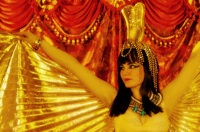
The Pharaonic Village
This living museum is a fabulous attraction for the whole family to enjoy. Visitors sail down a network of canals in motorised barges where a cast of actors and actresses work to r…
The Pharaonic Village
This living museum is a fabulous attraction for the whole family to enjoy. Visitors sail down a network of canals in motorised barges where a cast of actors and actresses work to recreate ancient Egypt. All the characters from pharaohs and fishermen to slaves and potters are represented, and some moments in history are recreated. Apart from the faithful reproductions of ancient Egyptian buildings, clothing and lifestyles, there's a complete replica of the tomb of Tutankhamen, as well as a number of museums and interactive exhibits covering different periods of Egypt's history.
Exhibits and activities change regularly making it a different experience every visit, but favourites include the mummification exhibit and the Cleopatra exhibit. There's a small amusement park, a restaurant, shops and an art centre, as well as boat hiring facilities. The experience is fun and educational and will take a family at least a few hours to fully appreciate.
Website www.pharaonicvillage.com
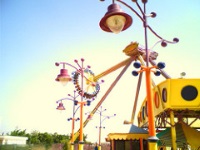
Dream Park
A trip to Dream Park is a must for children of all ages and makes a great day out for the whole family. Featuring rides, shops, fun activities and simulators, the 160-acre Dream Pa…
Dream Park
A trip to Dream Park is a must for children of all ages and makes a great day out for the whole family. Featuring rides, shops, fun activities and simulators, the 160-acre Dream Park is also encircled by a train, making access easy. Visitors can enjoy a number of stomach-turning adventure rides, or a selection of mellow family rides, as well as two theatres and one of the largest concert areas in Cairo. Numerous restaurants provide refuelling stops, and there's a selection of gift shops for souvenirs. The Dream Park claims to be the largest and most unique amusement park in the Middle East and can host up to 30,000 visitors. It was designed by the same people who designed Universal Studios.
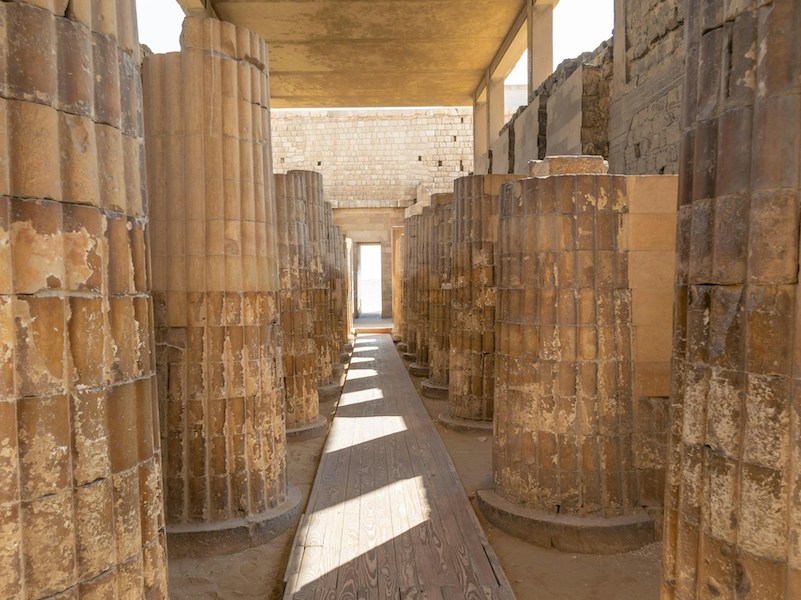
Memphis and Saqqara
Memphis and Saqqara are small towns today, but in ancient Egypt they were great cities and seats of power, a legacy still traceable in the ruins and relics in each. Memphis is home…
Memphis and Saqqara
Memphis and Saqqara are small towns today, but in ancient Egypt they were great cities and seats of power, a legacy still traceable in the ruins and relics in each. Memphis is home to the Temple of Ptah, which includes the Colossus of Ramses II, a 33-foot (10m) statue near the entrance, and a small museum. Memphis was once the capital of Egypt and visitors can still tell how impressive it once was.
Less than two miles (3km) away is the plateau of Saqqara. Here visitors will find the vast Saqqara Necropolis, which contains many cemeteries, pyramids, mastabas and private tombs, including the Mastaba of Ti, the Pyramid of Teti I, and the Unas Causeway and Pyramid of Unas. One of the most famous structures in Saqqara is the Step Pyramid of Djoser, which is also known as the Step Tomb due to its rectangular base. Travellers will find the Imhotep Museum in Saqqara as well.
Memphis and Saqqara together make a popular excursion from Cairo. There isn't much in the way of entertainment, dining or accommodation at these sites, however, so most visitors don't overnight.
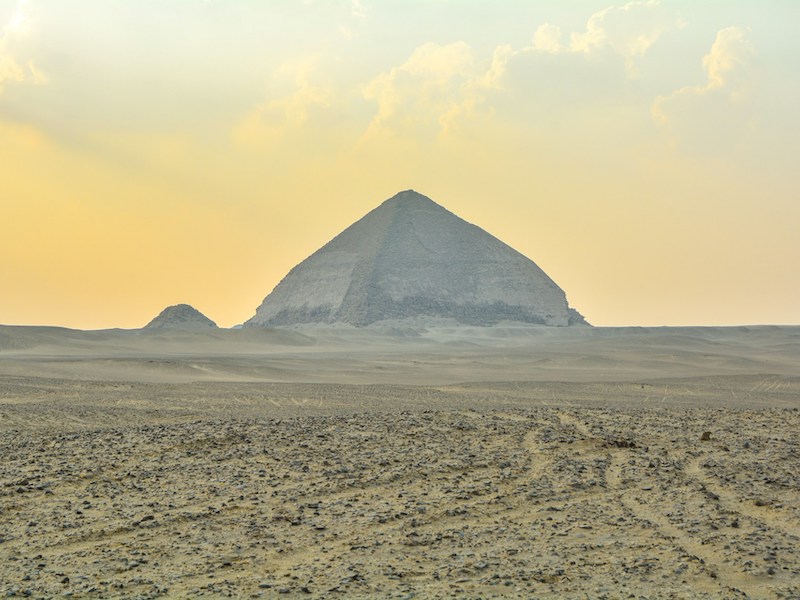
Dahshur
One of the most worthwhile things to see and do in the Cairo area is take an excursion to Dahshur, a royal necropolis in the desert where the oldest true pyramid, the Red Pyramid, …
Dahshur
One of the most worthwhile things to see and do in the Cairo area is take an excursion to Dahshur, a royal necropolis in the desert where the oldest true pyramid, the Red Pyramid, can be found. Some of the burial sites and pyramids date back to the Old Kingdom of the 4th dynasty and the Red Pyramid and the Bent Pyramid were built by Sneferu (founding pharaoh of the Fourth Dynasty of Egypt) in about 2600 BC.
The Bent Pyramid is so-called because the angle of its sides isn't quite straight, which is probably the result of an ancient engineering mistake. The Red Pyramid is made out of red limestone and was built after the Bent Pyramid. It's thought to have been the first true, straight-sided pyramid in Egypt. The famous Pyramids of Giza were modelled on this design.
Visitors can usually climb into the Red Pyramid and descend down a tunnelled ramp into its three interior chambers, which is a rare privilege. There are other tombs of interest scattered around the area and visitors can't walk far without stumbling on some wondrous ancient ruin.
Dahshur is about 20 miles (32km) from Cairo and makes for a fascinating excursion from the city. The drive takes under an hour and follows a scenic route that passes through date orchards. Dahshur is far less crowded than most other big tourist attractions and visitors experience far less of the hassle from locals and touts that they do at Giza. At this site travellers can still get the thrill of an explorer discovering something mysterious and ancient.
However, the empty nature of this famous archaeological site is partly due to occasional sectarian violence in the nearby town of Dahshur, so travellers are advised to check out travel alerts to gauge how safe it is before they visit.



